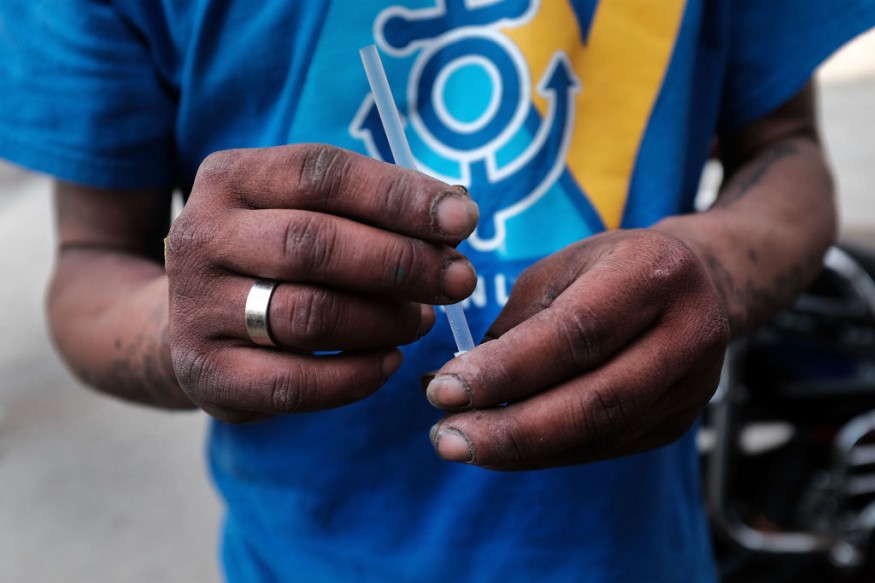Opioid Overdose Rising Among Latinos Amid the Pandemic

The current opioid use is one of the most widespread drug epidemics in the history of the United States, which concerns all racial and ethnic groups.
In 2017, it was declared a national public health emergency, with 47,600 reported deaths from an opioid overdose. This accounted for the majority of the overall drug-related deaths, according to Proviso Township Mental Health Commission report.
The government's Substance Abuse and Mental Health Services Administration claimed that the uncontrolled opioid use in the Latino community is a "matter of urgency." They released the report in 2020.
In addition, studies have found that with the ongoing COVID-19 pandemic, opioid use in the country has risen, according to an NBC News report.
In December, the Centers for Disease Control and Prevention reported that overdose deaths have increased by a historic 16.9 percent nationally, citing more than 81,000 deaths in the 12 months ending in May 2020.
Experts expressed fear that the death toll from opioid abuse during the pandemic will be much higher, with some states seeing a rise in cases among Latinos.
Opioid abuse among Latinos was furthered by the confinement, depression, and financial struggles that the pandemic brought.
Disproportionately Affected
Seventy-two percent of Latino households across the country report that they are facing serious financial problems, according to the NPR poll in September.
This is double the percentage of whites who say this. In addition, 46 percent of Latino households were said to have used up all or most of their savings during the pandemic.
This was due to having lost household income through reduced hours or wages and furloughs since the pandemic.
David Hayes-Bautista, a UCLA professor of medicine and public health, said that Latinos have kept working through the pandemic.
"In Washington, the idea is you're poor because you don't work. That's not the issue with Latinos," Hayes-Bautista was quoted in a report.
The professor added that Latinos work, but they are still on the poverty line due to not enough pay.
Latinos have the highest rate of labor force participation compared to any other racial or ethnic group in California. Despite many of them losing jobs like everyone else, they go back to work faster.
"The reward that Latinos have for their high work ethic is a high rate of poverty," Hayes-Bautista was quoted.
Other Factors Contributing to Opioid Use
Mental health problems in the Latino community are not being spoken about loudly due to the stigma attached to it.
Mental health stigma is the largest community barrier to improving global mental health. It persists in the Latin American cultures, according to Medical News Today.
Dr. Lisa Fortuna, head of the department of psychiatry at San Francisco General Hospital, also said that a stigma persists around those seeking help, coming from her experience treating Latino patients with depression, anxiety, and drug use problems.
The lack of help often leads to consumption and abuse of substances, according to Fortuna.
Fortuna noted that many do not publicly acknowledge that they suffer from any mental health conditions due to fear of being called crazy or weak.
She added sometimes Latinos will seek help through religious institutions instead of asking for professional help.
SAMHSA reported that about four percent of the U.S. Latino population abuses opioids, which includes people as young as 12.
READ NEXT: Substance Abuse and Risky Sexual Behavior Decrease Among Latino Youth When Parents Communicate
WATCH: Opioid overdose calls rise during COVID-19 pandemic -from KHOU 11
Subscribe to Latin Post!
Sign up for our free newsletter for the Latest coverage!
















